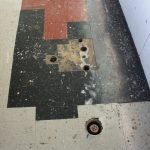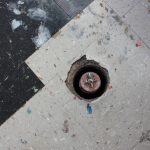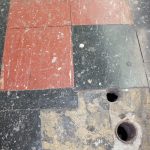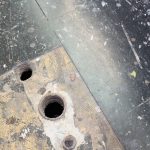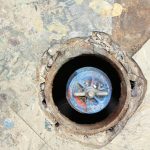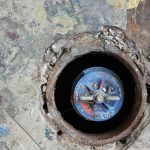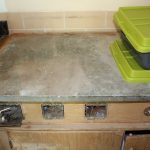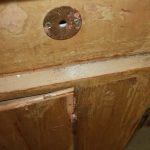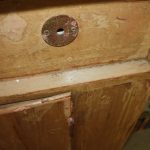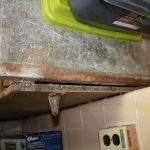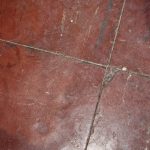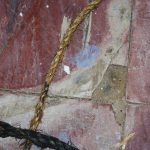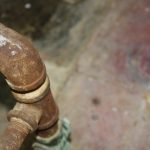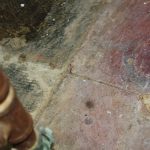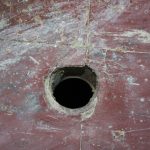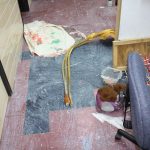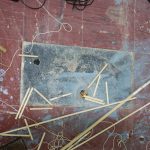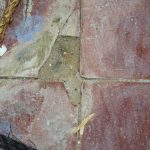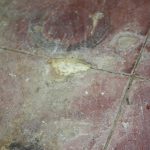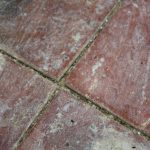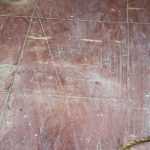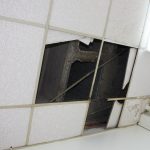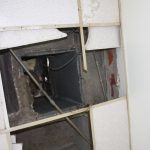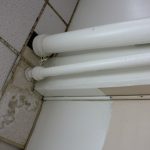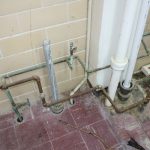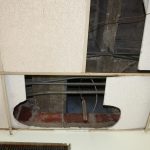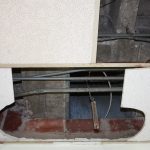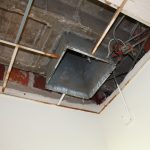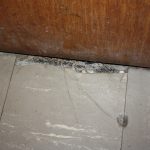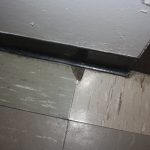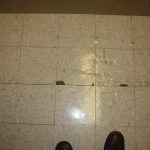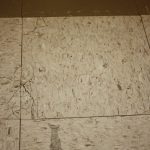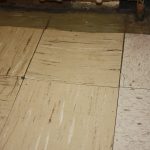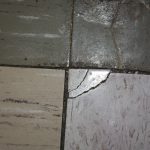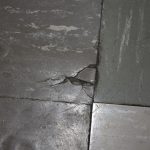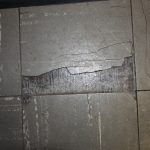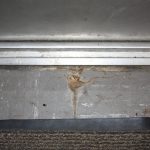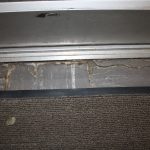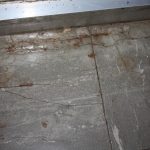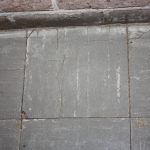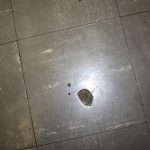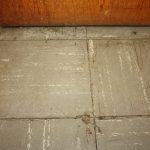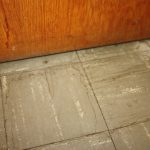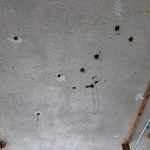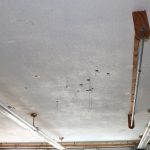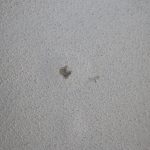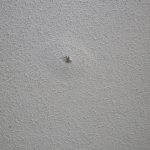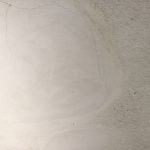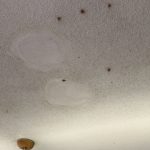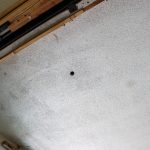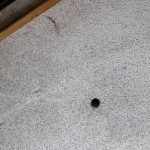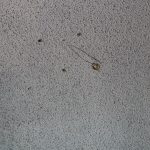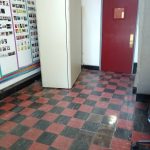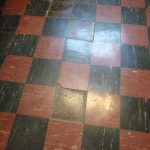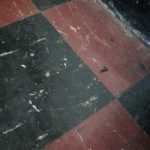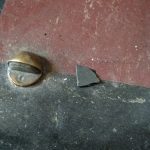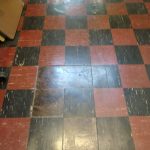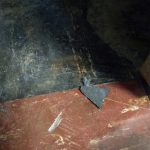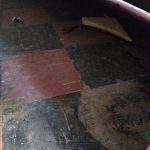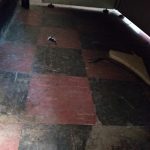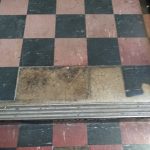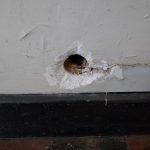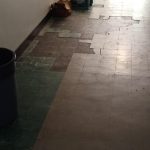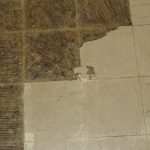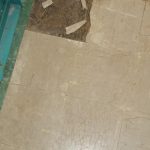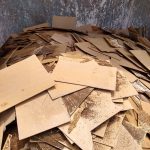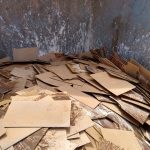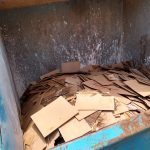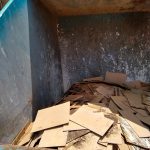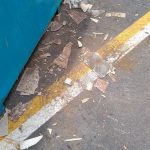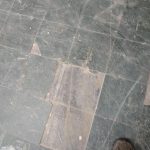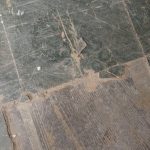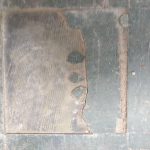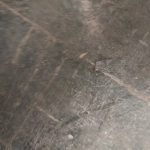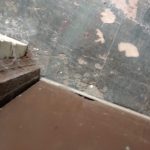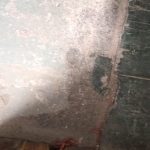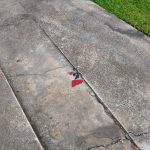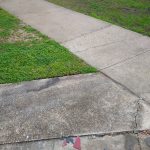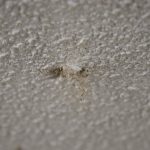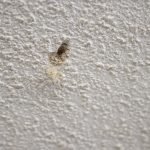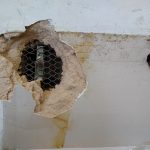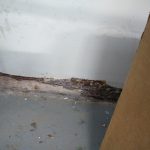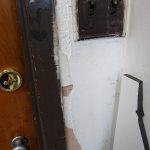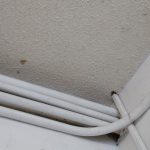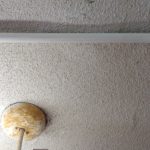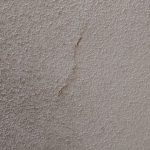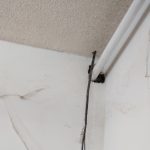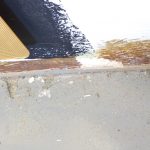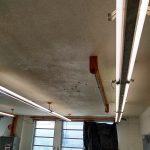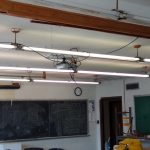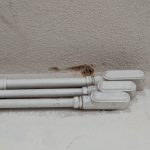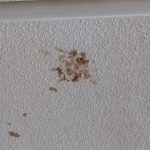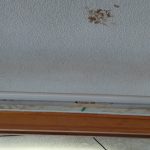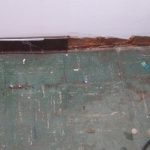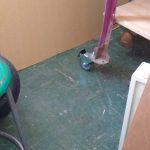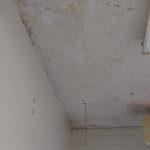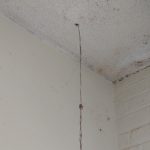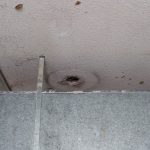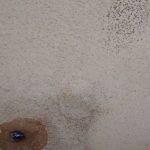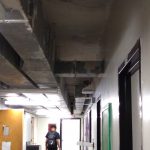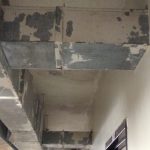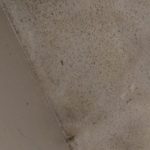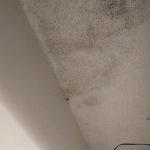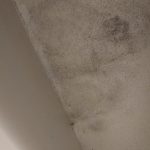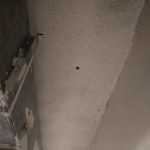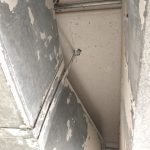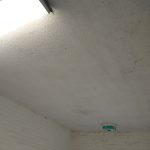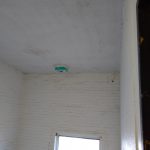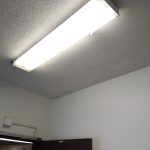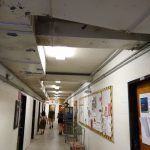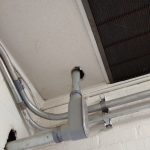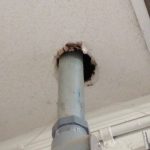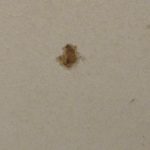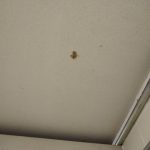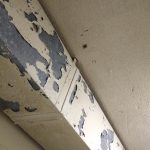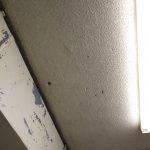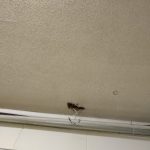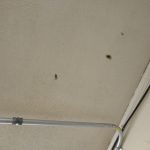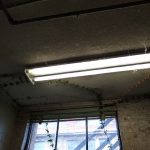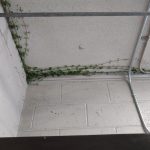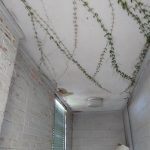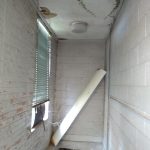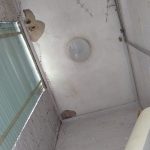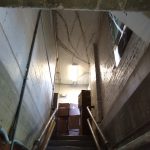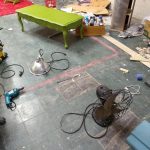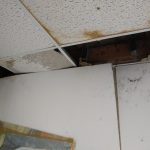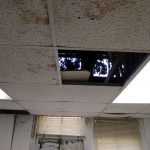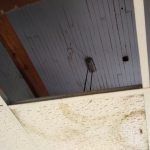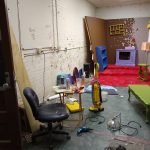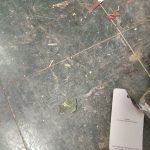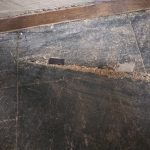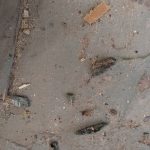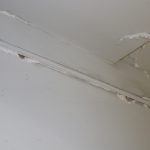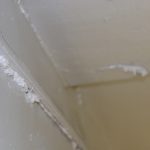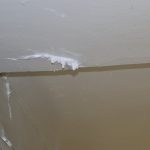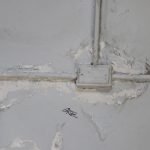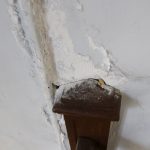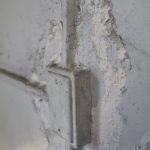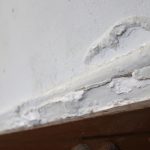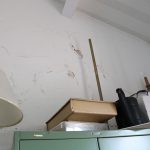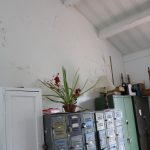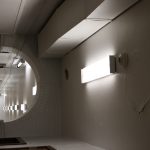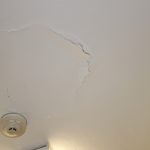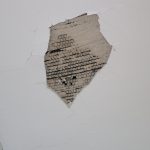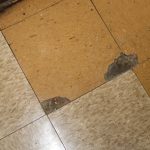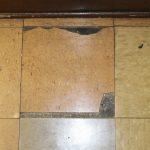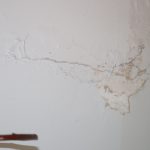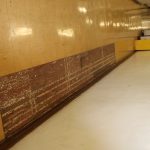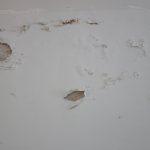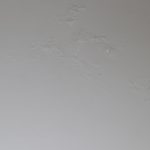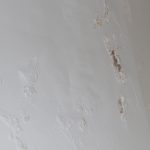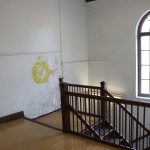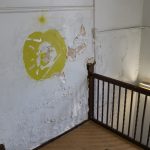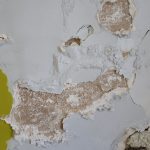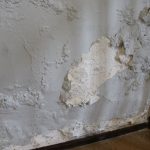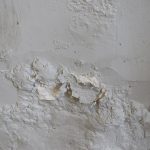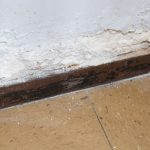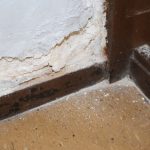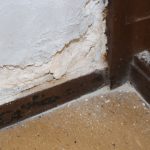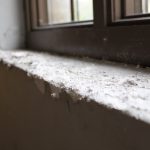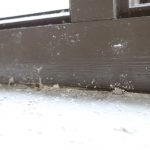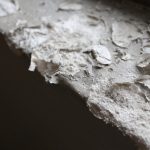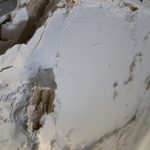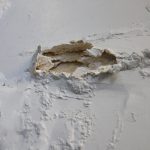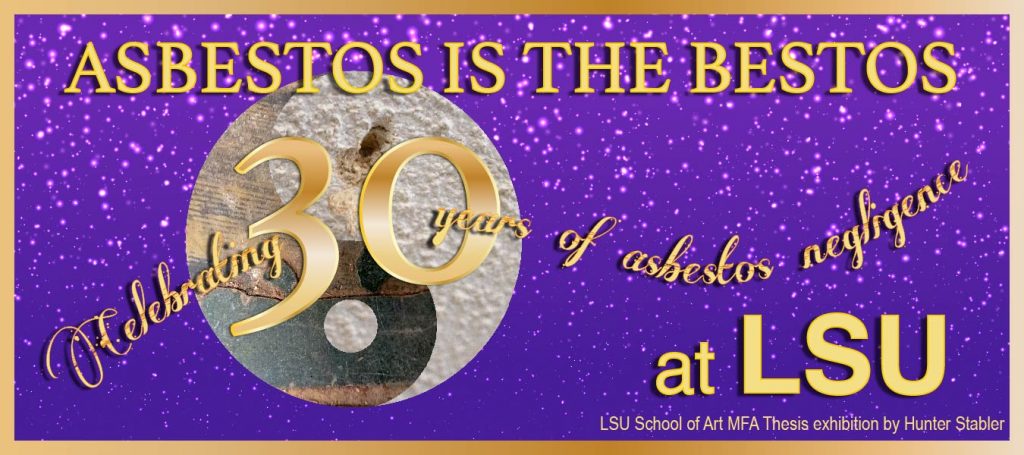
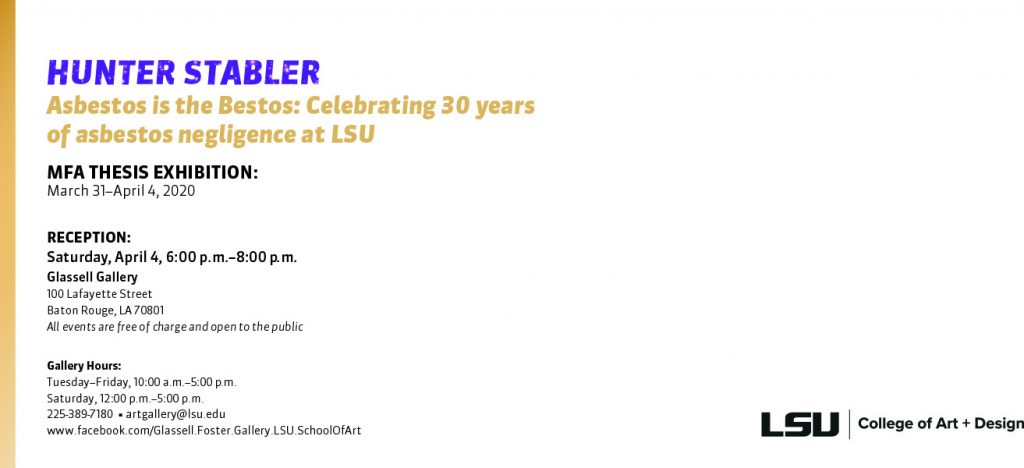

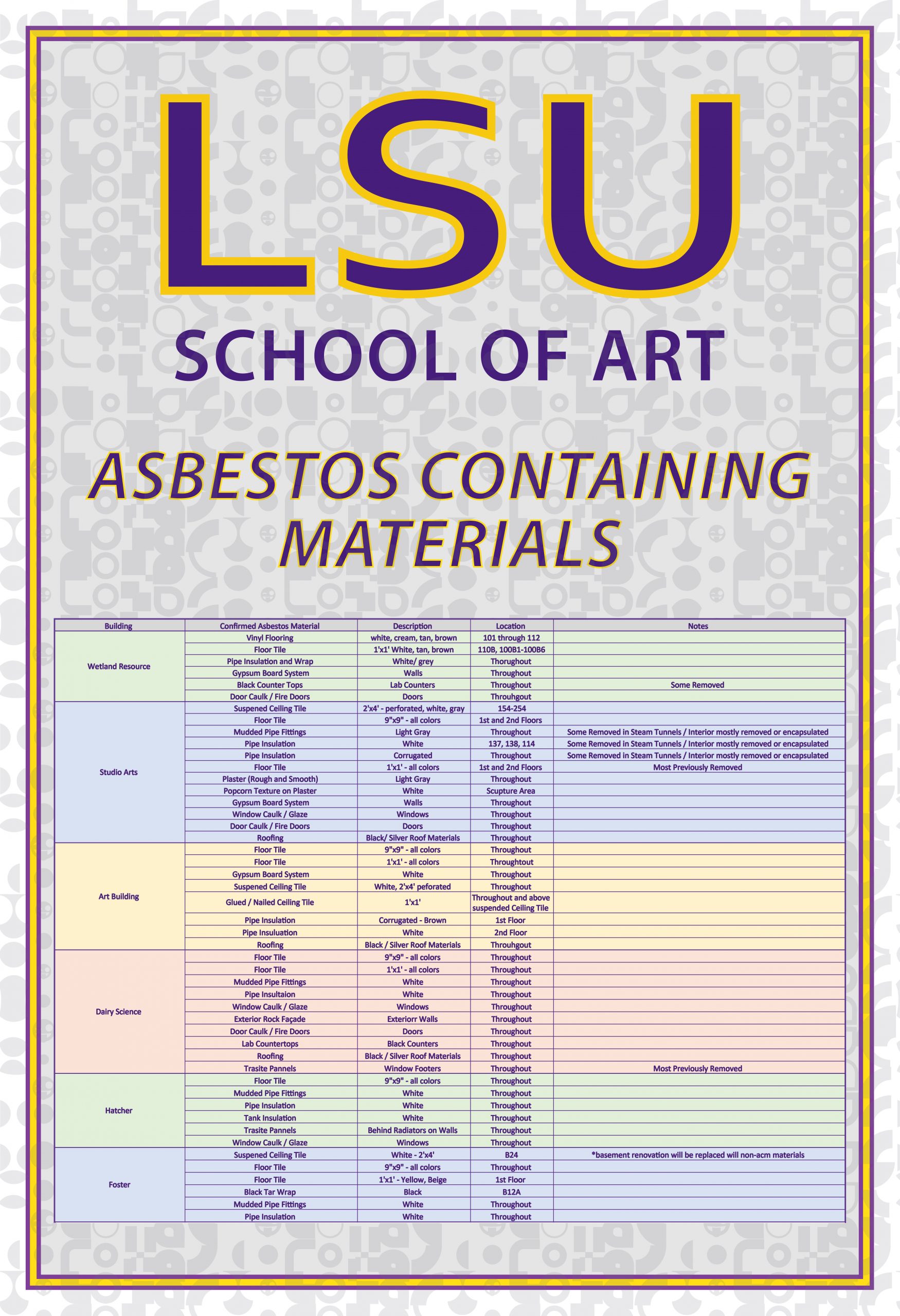
Did you know?
LSU operates its own asbestos maintenance procedures without oversight from the EPA or OSHA
LSU claims that they uphold the same standards as OSHA and the EPA but have no warning signs about ACM (asbestos containing materials) or PACM (presumed asbestos containing materials) in buildings occupied by undergraduate students, graduate students, faculty and staff
LSU’s asbestos management policy is known as “Maintain in Place”. In order for this policy to be effective you must actively test for PACM and regularly inspect ACM for damage and degradation. You must ensure that these materials are not disturbed or damaged. You must ensure that occupants of the buildings know which materials are ACM so that they can be sure to not unintentionally disturb these materials. LSU fails at all of these measures
LSU doesn’t inform students or faculty about the known asbestos containing materials in their classrooms, studios and offices, unless specifically requested
LSU doesn’t inform students or faculty about the dangers of drilling or nailing into the ACM walls of their studios and offices
LSU doesn’t inform students or faculty about the dangers of dry sweeping ACM and PACM floor tiles, which are ubiquitous and deteriorating all over campus
LSU doesn’t enforce a policy of no dry sweeping ACM floor tiles by LSU staff
There has never been an unbiased 3rd party inspection of the asbestos in LSU buildings in the past 30 years
The National Association for Schools of Art and Design has failed to revoke LSU College of Art and Design’s accreditation, despite buildings within the school being a clear and present danger to students for over 20 years
The National Association for Schools of Art and Design is the only outside agency that has inspected the buildings in the LSU College of Art and Design, and NASAD would suffer a loss of income from LSU if NASAD revoked LSU College of Art and Design’s accreditation. This represents a clear conflict of interest.
When deteriorating ACM is reported to LSU Environmental Health and Safety, they do NOT perform air quality tests to verify the amount of asbestos fibers in the air
The LSU School of Art did not implement any warnings or any training to existing or new graduate students concerning asbestos safety (drilling into walls, sweeping floors, etc) even after the presence of asbestos in graduate studio floors, walls and ceilings was brought to their attention
LSU faculty and staff have repeatedly removed posters that inform students about the presence of asbestos in their classrooms and studios
You should see a doctor every 1-5 years for a chest roentgenogram if you have been exposed to asbestos
If you have been in any of the buildings listed below, especially if you are a regular occupant, then it is extremely likely that you have been exposed to asbestos
The following is excerpted from the United States federal guidelines as defined by the Occupational Safety and Health Administration (OSHA) outlined in the Asbestos General Standard 29 CFR-1910 and 29 CFR 1926. OSHA oversees the working conditions for U.S. workers by implementing and managing occupational safety and health standards. The following regulations pertain to handling asbestos in the workplace. Highlights and red text for emphasis are my own. Documents can be found in full here.
Communication of hazards to employees—
Introduction. This section applies to the communication of information concerning asbestos hazards in general industry to facilitate compliance with this standard. Asbestos exposure in general industry occurs in a wide variety of industrial and commercial settings. Employees who manufacture asbestos-containing products may be exposed to asbestos fibers. Employees who repair and replace automotive brakes and clutches may be exposed to asbestos fibers. In addition, employees engaged in housekeeping activities in industrial facilities with asbestos product manufacturing operations, and in public and commercial buildings with installed asbestos containing materials may be exposed to asbestos fibers. Most of these workers are covered by this general industry standard, with the exception of state or local governmental employees in non-state plan states. It should be noted that employees who perform housekeeping activities during and after construction activities are covered by the asbestos construction standard, 29 CFR 1926.1101, formerly 1926.58. However, housekeeping employees, regardless of industry designation, should know whether building components they maintain may expose them to asbestos. The same hazard communication provisions will protect employees who perform housekeeping operations in all three asbestos standards; general industry, construction, and shipyard employment. As noted in the construction standard, building owners are often the only and/or best source of information concerning the presence of previously installed asbestos containing building materials. Therefore they, along with employers of potentially exposed employees, are assigned specific information conveying and retention duties under this section.
(1) Installed Asbestos Containing Material. Employers and building owners are required to treat installed TSI and sprayed on and troweled-on surfacing materials as ACM in buildings constructed no later than 1980 for purposes of this standard. These materials are designated ‘‘presumed ACM or PACM’’, and are defined in paragraph (b) of this section. Asphalt and vinyl flooring material installed no later than 1980 also must be treated as asbestos-containing. The employer or building owner may demonstrate that PACM and flooring material do not contain asbestos by complying with paragraph (j)(8)(iii) of this section.
(2) Duties of employers and building and facility owners. (i) Building and facility owners shall determine the presence, location, and quantity of ACM and/or PACM at the work site. Employers and building and facility owners shall exercise due diligence in complying with these requirements to inform employers and employees about the presence and location of ACM and PACM. (ii) Building and facility owners shall maintain records of all information required to be provided pursuant to this section and/or otherwise known to the building owner concerning the presence, location and quantity of ACM and PACM in the building/facility. Such records shall be kept for the duration of ownership and shall be transferred to successive owners. (iii) Building and facility owners shall inform employers of employees, and employers shall inform employees who will perform housekeeping activities in areas which contain ACM and/or PACM of the presence and location of ACM and/or PACM in such areas which may be contacted during such activities.
(3) Warning signs—(i) Posting. Warning signs shall be provided and displayed at each regulated area. In addition, warning signs shall be posted at all approaches to regulated areas so that an employee may read the signs and take necessary protective steps before entering the area. (ii) Sign specifications. (A) The warning signs required by paragraph (j)(3) of this section shall bear the following information:
DANGER
ASBESTOS
CANCER AND LUNG DISEASE HAZARD
AUTHORIZED PERSONNEL ONLY
(B) In addition, where the use of respirators and protective clothing is required in the regulated area under this section, the warning signs shall include the following: RESPIRATORS AND PROTECTIVE CLOTHING ARE REQUIRED IN THIS AREA (iii) [Reserved] (iv) The employer shall ensure that employees working in and contiguous to regulated areas comprehend the warning signs required to be posted by paragraph (j)(3)(i) of this section. Means to ensure employee comprehension may include the use of foreign languages, pictographs and graphics. (v) At the entrance to mechanical rooms/areas in which employees reasonably can be expected to enter and which contain ACM and/or PACM, the building owner shall post signs which identify the material which is present, its location, and appropriate work practices which, if followed, will ensure that ACM and/or PACM will not be disturbed. The employer shall ensure, to the extent feasible, that employees who come in contact with these signs can comprehend them. Means to ensure employee comprehension may include the use of foreign languages, pictographs, graphics, and awareness training.
(4) Warning labels—(i) Labeling. Warning labels shall be affixed to all raw materials, mixtures, scrap, waste, debris, and other products containing asbestos fibers, or to their containers. When a building owner or employer identifies previously installed ACM and/or PACM, labels or signs shall be affixed or posted so that employees will be notified of what materials contain ACM and/or PACM. The employer shall attach such labels in areas where they will clearly be noticed by employees who are likely to be exposed, such as at the entrance to mechanical room/ areas. Signs required by paragraph (j)(3) of this section may be posted in lieu of labels so long as they contain information required for labeling. (ii) Label specifications. The labels shall comply with the requirements of 29 CFR 1910.1200(f) of OSHA’s Hazard Communication standard, and shall include the following information:
DANGER
CONTAINS ASBESTOS FIBERS
AVOID CREATING DUST
CANCER AND LUNG DISEASE HAZARD
(5) The employer shall ensure that each employee is informed of the following: (A) The health effects associated with asbestos exposure; (B) The relationship between smoking and exposure to asbestos producing lung cancer: (C) The quantity, location, manner of use, release, and storage of asbestos, and the specific nature of operations which could result in exposure to asbestos; (D) The engineering controls and work practices associated with the employee’s job assignment; (E) The specific procedures implemented to protect employees from exposure to asbestos, such as appropriate work practices, emergency and clean- up procedures, and personal protective equipment to be used; (F) The purpose, proper use, and limitations of respirators and protective clothing, if appropriate; (G) The purpose and a description of the medical surveillance program required by paragraph (l) of this section; (H) The content of this standard, including appendices. (I) The names, addresses and phone numbers of public health organizations which provide information, materials, and/or conduct programs concerning smoking cessation. The employer may distribute the list of such organizations contained in appendix I to this section, to comply with this requirement. (J) The requirements for posting signs and affixing labels and the meaning of the required legends for such signs and labels. (iv) The employer shall also provide, at no cost to employees who perform housekeeping operations in an area which contains ACM or PACM, an asbestos awareness training course, which shall at a minimum contain the following elements: health effects of asbestos, locations of ACM and PACM in the building/facility, recognition of ACM and PACM damage and deterioration, requirements in this standard relating to housekeeping, and proper response to fiber release episodes, to all employees who perform housekeeping work in areas where ACM and/or PACM is present. Each such employee shall be so trained at least once a year. (v) Access to information and training materials. (A) The employer shall make a copy of this standard and its appendices readily available without cost to all affected employees. (B) The employer shall provide, upon request, all materials relating to the employee information and training program to the Assistant Secretary and the training program to the Assist-ant Secretary and the Director. (C) The employer shall inform all employees concerning the availability of self-help smoking cessation program material. Upon employee request, the employer shall distribute such material, consisting of NIH Publication No. 89–1647, or equivalent self-help material, which is approved or published by a public health organization listed in appendix I to this section. (8) Criteria to rebut the designation of installed material as PACM. (i) At any time, an employer and/or building owner may demonstrate, for purposes of this standard, that PACM does not contain asbestos. Building owners and/ or employers are not required to communicate information about the presence of building material for which such a demonstration pursuant to the requirements of paragraph (j)(8)(ii) of this section has been made. However, in all such cases, the information, data and analysis supporting the determination that PACM does not contain asbestos, shall be retained pursuant to paragraph (m) of this section. (ii) An employer or owner may demonstrate that PACM does not contain asbestos by the following: (A) Having a completed inspection conducted pursuant to the requirements of AHERA (40 CFR 763, subpart E) which demonstrates that no ACM is present in the material; or (B) Performing tests of the material containing PACM which demonstrate that no ACM is present in the material. Such tests shall include analysis of bulk samples collected in the manner described in 40 CFR 763.86. The tests, evaluation and sample collection shall be conducted by an accredited inspector or by a CIH. Analysis of samples shall be performed by persons or lab-oratories with proficiency demonstrated by current successful participation in a nationally recognized testing program such as the National Voluntary Laboratory Accreditation Pro-gram (NVLAP) or the National Institute for Standards and Technology (NIST) or the Round Robin for bulk samples administered by the American Industrial Hygiene Association (AIHA) or an equivalent nationally-recognized round robin testing program. (iii) The employer and/or building owner may demonstrate that flooring material including associated mastic and backing does not contain asbestos, by a determination of an industrial hygienist based upon recognized analytical techniques showing that the material is not ACM. (k) Housekeeping. (1) All surfaces shall be maintained as free as practicable of ACM waste and debris and accompanying dust. (2) All spills and sudden releases of material containing asbestos shall be cleaned up as soon as possible. (3) Surfaces contaminated with asbestos may not be cleaned by the use of compressed air. (4) Vacuuming. HEPA-filtered vacuuming equipment shall be used for vacuuming asbestos containing waste and debris. The equipment shall be used and emptied in a manner which minimizes the reentry of asbestos into the workplace. (5) Shoveling, dry sweeping and dry clean-up of asbestos may be used only where vacuuming and/or wet cleaning are not feasible. (6) Waste disposal. Waste, scrap, debris, bags, containers, equipment, and clothing contaminated with asbestos consigned for disposal, shall be collected, recycled and disposed of in sealed impermeable bags, or other closed, impermeable containers. (7) Care of asbestos-containing flooring material. (i) Sanding of asbestos-containing floor material is prohibited. (ii) Stripping of finishes shall be conducted using low abrasion pads at speeds lower than 300 rpm and wet methods. (iii) Burnishing or dry buffing may be performed only on asbestos-containing flooring which has sufficient finish so that the pad cannot contact the asbestos-containing material. (8) Waste and debris and accompanying dust in an area containing accessible ACM and/or PACM or visibly deteriorated ACM, shall not be dusted or swept dry, or vacuumed without using a HEPA filter. (l) Medical surveillance—(1) General— (i) Employees covered. The employer shall institute a medical surveillance program for all employees who are or will be exposed to airborne concentrations of fibers of asbestos at or above the TWA and/or excursion limit. (ii) Examination by a physician. (A) The employer shall ensure that all medical examinations and procedures are performed by or under the super-vision of a licensed physician, and shall be provided without cost to the employee and at a reasonable time and place. (B) Persons other than licensed physicians, who administer the pulmonary function testing required by this section, shall complete a training course in spirometry sponsored by an appropriate academic or professional institution. (2) Pre-placement examinations. (i) Before an employee is assigned to an occupation exposed to airborne concentrations of asbestos fibers at or above the TWA and/or excursion limit, a pre-placement medical examination shall be provided or made available by the employer. (ii) Such examination shall include, as a minimum, a medical and work history; a complete physical examination of all systems with emphasis on the respiratory system, the cardiovascular system and digestive tract; completion of the respiratory disease standardized questionnaire in appendix D to this section, part 1; a chest roentgenogram (posterior-anterior 14×17 inches); pulmonary function tests to include forced vital capacity (FVC) and forced expiratory volume at 1 second (FEV(1.0)); and any additional tests deemed appropriate by the examining physician. Interpretation and classification of chest roentgenogram shall be conducted in accordance with appendix E to this section. (3) Periodic examinations. (i) Periodic medical examinations shall be made available annually. (ii) The scope of the medical examination shall be in conformance with the protocol established in paragraph (l)(2)(ii) of this section, except that the frequency of chest roentgenogram shall be conducted in accordance with Table 1, and the abbreviated standardized questionnaire contained in, part 2 of appendix D to this section shall be ad-ministered to the employee.
TABLE1—FREQUENCY OF CHEST ROENTGENOGRAM
Year since first exposure | Age of employee | Age of employee | Age of employee |
15-35 | 35+ -45 | 45+ | |
0-10 | Every 5 years | Every 5 years | Every 5 years |
10+ | Every 5 years | Every 2 years | Every 1 year |
